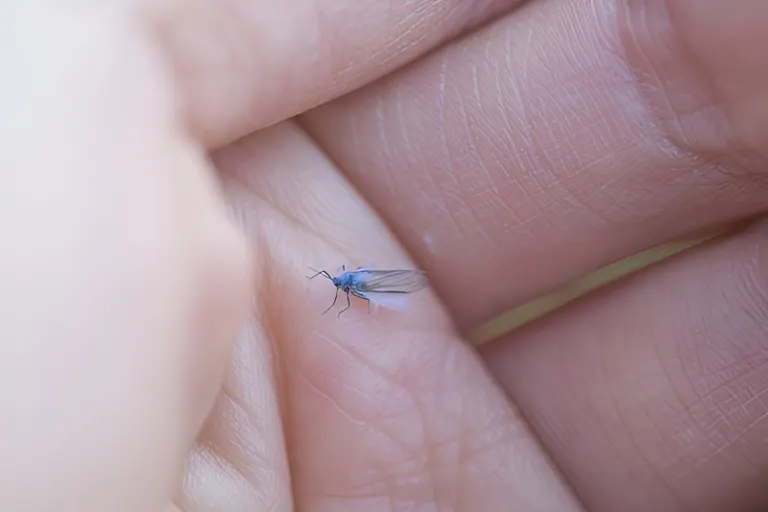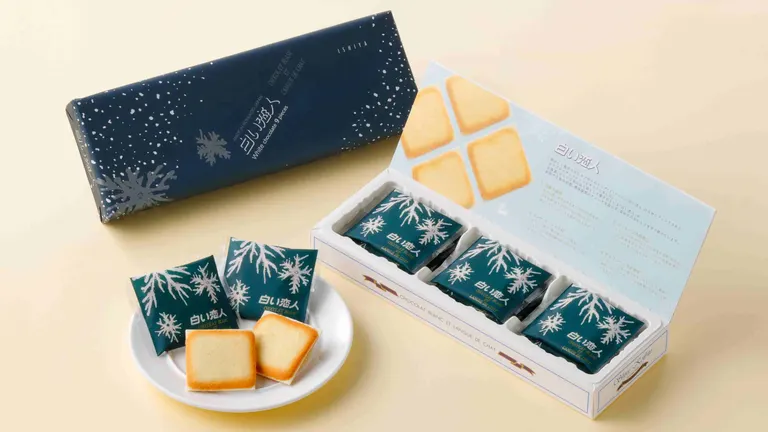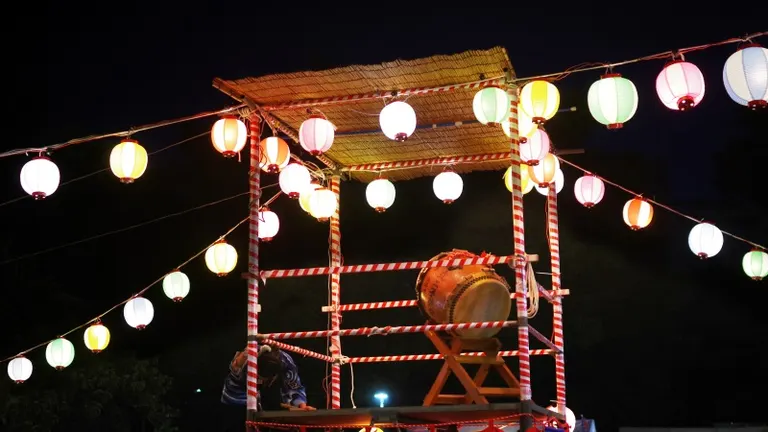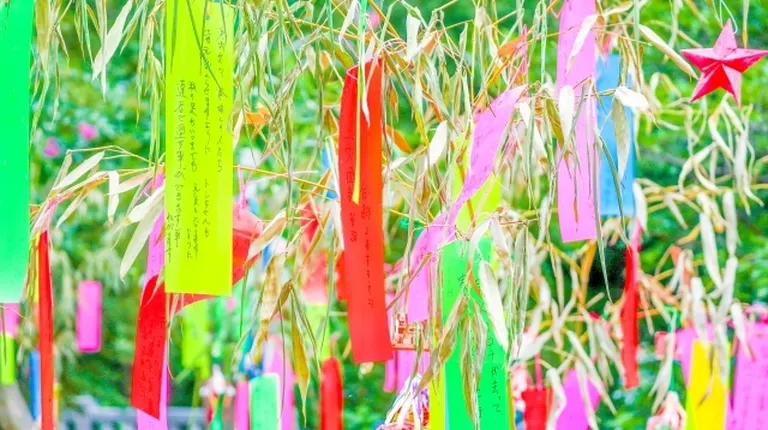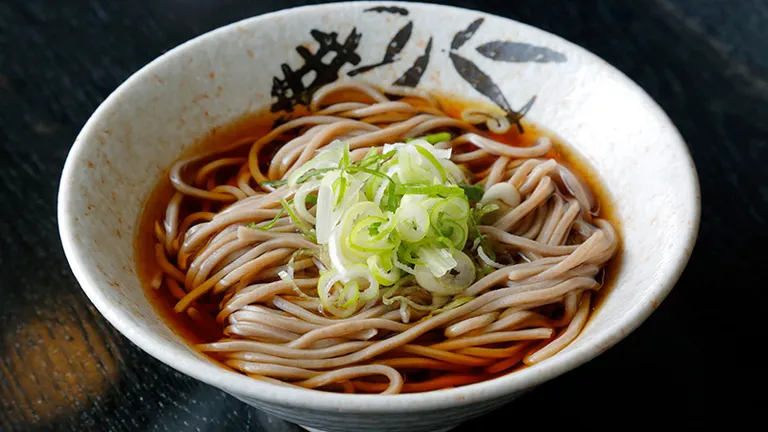
ARTICLES
Why has ekisoba, a food culture essential for train travel, become less common in Hokkaido?
Three Reasons" Why Ekisoba in Hokkaido Has Declined
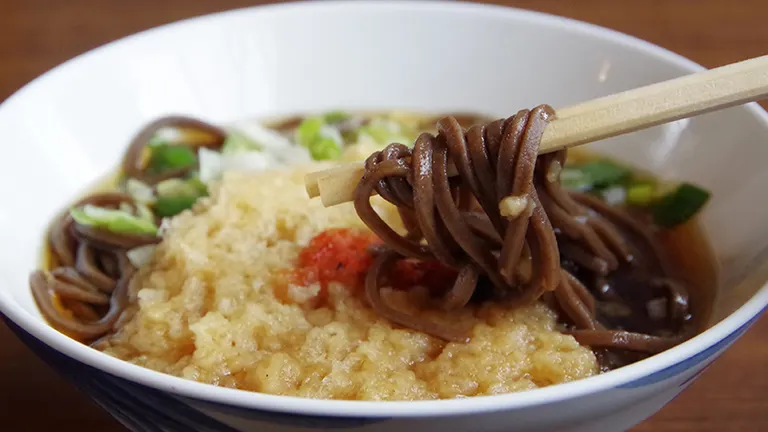
Ekisoba at JR Otoishifu Station, which was nationally famous for its black-colored soba (circa 2017)
Ekisoba used to be available in many places, but why have there been so few stores in recent years? There are many reasons, but the following three are the most likely.
1. No more night trains
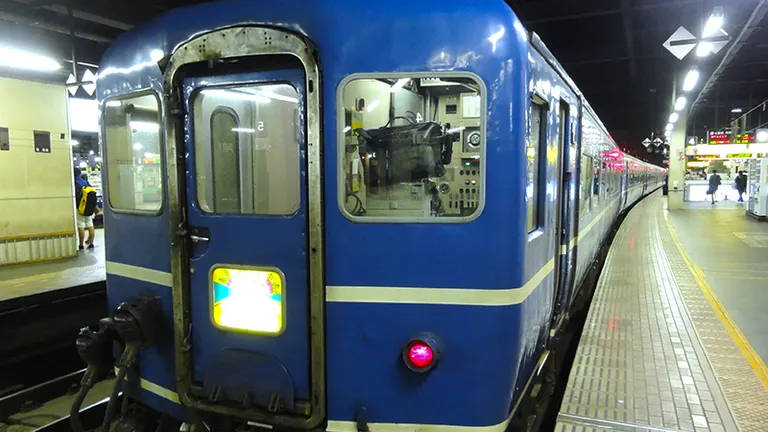
Overnight train bound for Aomori waiting for departure at JR Sapporo Station (circa 2015)
In the old days, there used to be many night trains running from JR Sapporo Station to various places in and outside of Hokkaido. It was a common sight to see people preparing for the long journey by stuffing themselves with soba noodles and tempura soba at the station, and buying ekiben (boxed meals), sake, and snacks for the evening meal before boarding the train. However, there are no night trains running in Hokkaido now, and such a scene is no longer seen.
2. Increased competition from other types of businesses such as convenience stores
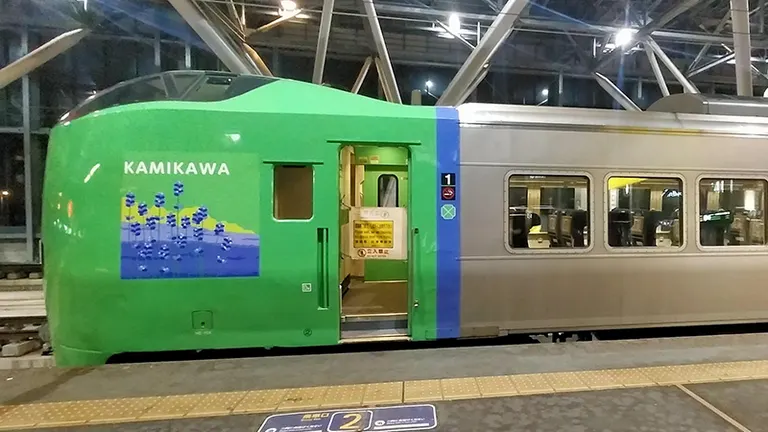
Nowadays, it is common to shop at a convenience store before boarding an express train.
Although night trains have disappeared, there are still many limited express trains running from JR Sapporo Station to various destinations in Hokkaido. Before boarding a limited express train, don't you buy drinks and meals at a convenience store?
In the Showa period (1926-1989), there were few convenience stores, so ekisoba (buckwheat noodles), ekiben (boxed meals), and in-train vending machines were the norm. Since the Heisei era, convenience stores and various other types of stores have increased in number, and in-train sales themselves have disappeared, so it has become commonplace to buy food and drinks before boarding the train. Then, the availability of ekisoba is likely to decrease considerably. ......
3. No more trains with long stops & no more trains themselves
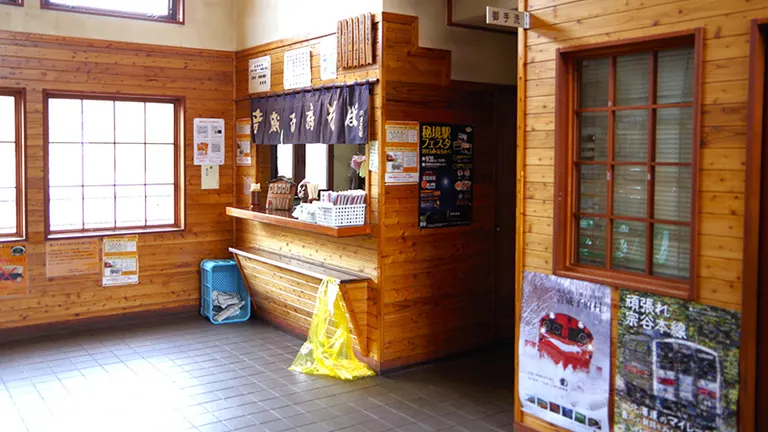
Ekisoba restaurant once located inside JR Otoe Shifu Station (circa 2017)
JR Otoeishifu Station, which was famous for its ekisoba (buckwheat noodles), was a key railroad station connecting the Soya Main Line and the Tenboku Line, which was abolished in 1989, so there were several trains that stopped for long hours and trains that started and ended at the station. Since there were many transfer passengers and passengers of long-stop trains, there used to be a soba noodle store on the platform to meet the demand. After the Tenboku Line was discontinued, it was relocated to the station waiting room and remained open for a long time, but unfortunately closed after the owner passed away in 2021.
According to a story we heard in the 2010s when the owner was still alive, at that time, the majority of visitors were already people who came to the station on their way to drive, rather than railroad users. The reason for this, he said, was that the train line had been discontinued, the number of trains had decreased over the years, and there were fewer trains that stopped for long periods of time.
Ekisoba is an essential part of the food culture for trains and travel!
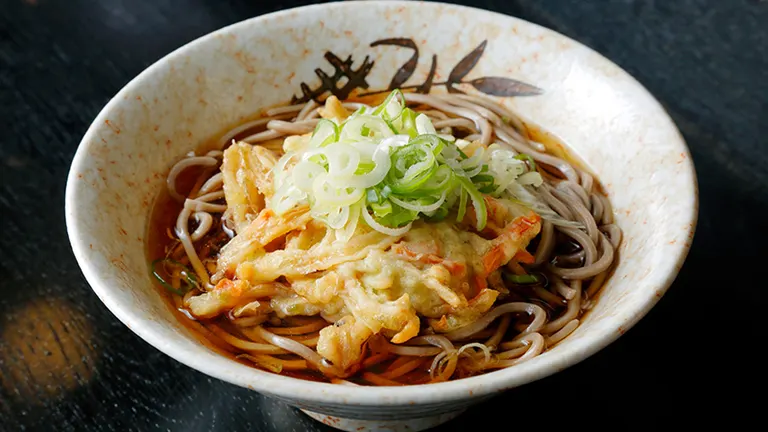
Tempura soba, the number two most popular ekisoba dish on the JR Sapporo Station platform (image courtesy of Sapporo Station Tateburi Shokai).
While the number of ekisoba restaurants is decreasing, new trials and errors are being made at the ekisoba restaurants on the JR Sapporo Station platform. Ticket vending machines have been introduced, and for the increasing number of foreign tourists, English-language menus with sample photos have been added, allowing customers to order by pressing a number on the ticket vending machine. In addition, new menu items have been introduced, and hot snacks such as herring soba, which is unique to Hokkaido, chicken zangi, takoyaki, and yakitori (grilled chicken) have been started to meet the demand for light meals.
Standing soba, which is a quick, inexpensive, and easy way to enjoy a hot meal, has long been the best part of train travel, and the store on the JR Sapporo Station platform itself has been operating as an ekiben and catered food restaurant because it is difficult to make a profit here alone. However, they continue to operate the shop on the station platform to "carry on the culture of ekisoba".
If you go to the platform 10 minutes before your scheduled departure time, such as when going from JR Sapporo Station to JR New Chitose Airport, you can have a quick buckwheat noodle. It may be up to us whether this valuable food culture, which is indispensable for trains and travel, will remain in the future.
Writer Profile
 Travel creator Nobuka Kawashima
Travel creator Nobuka Kawashima
Born in Kanagawa Prefecture. After traveling to all 179 cities, towns, and villages in Hokkaido, she was captivated by the charm and magic of the northern region and moved to Hokkaido in 2009. Since then, she has been mainly involved in media related to travel and regional revitalization, including reporting and filming, producing articles and videos, and planning and editing. My mission is to "increase the number of Hokkaido fans.
- 1
- 2







